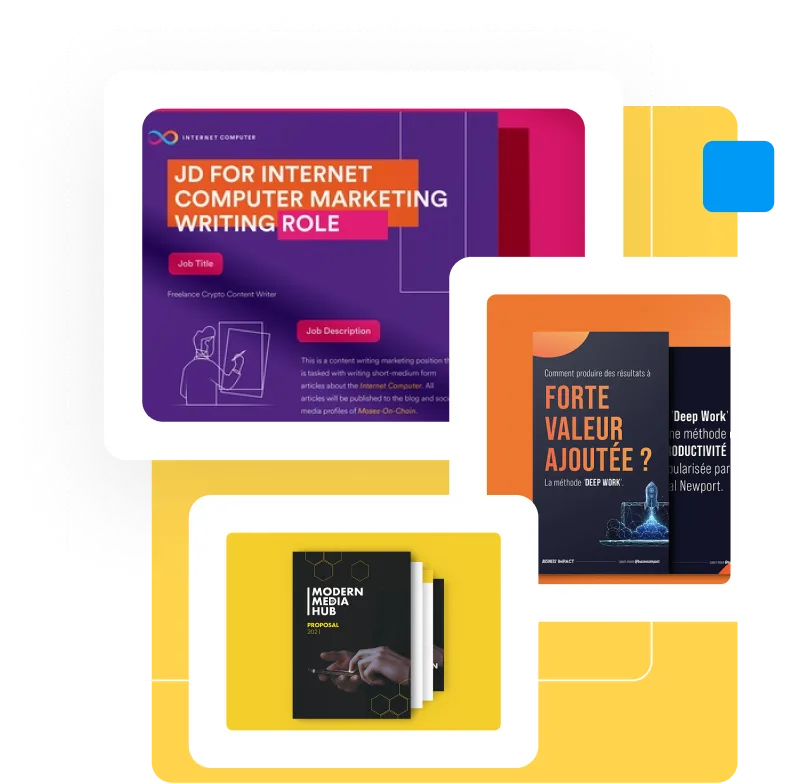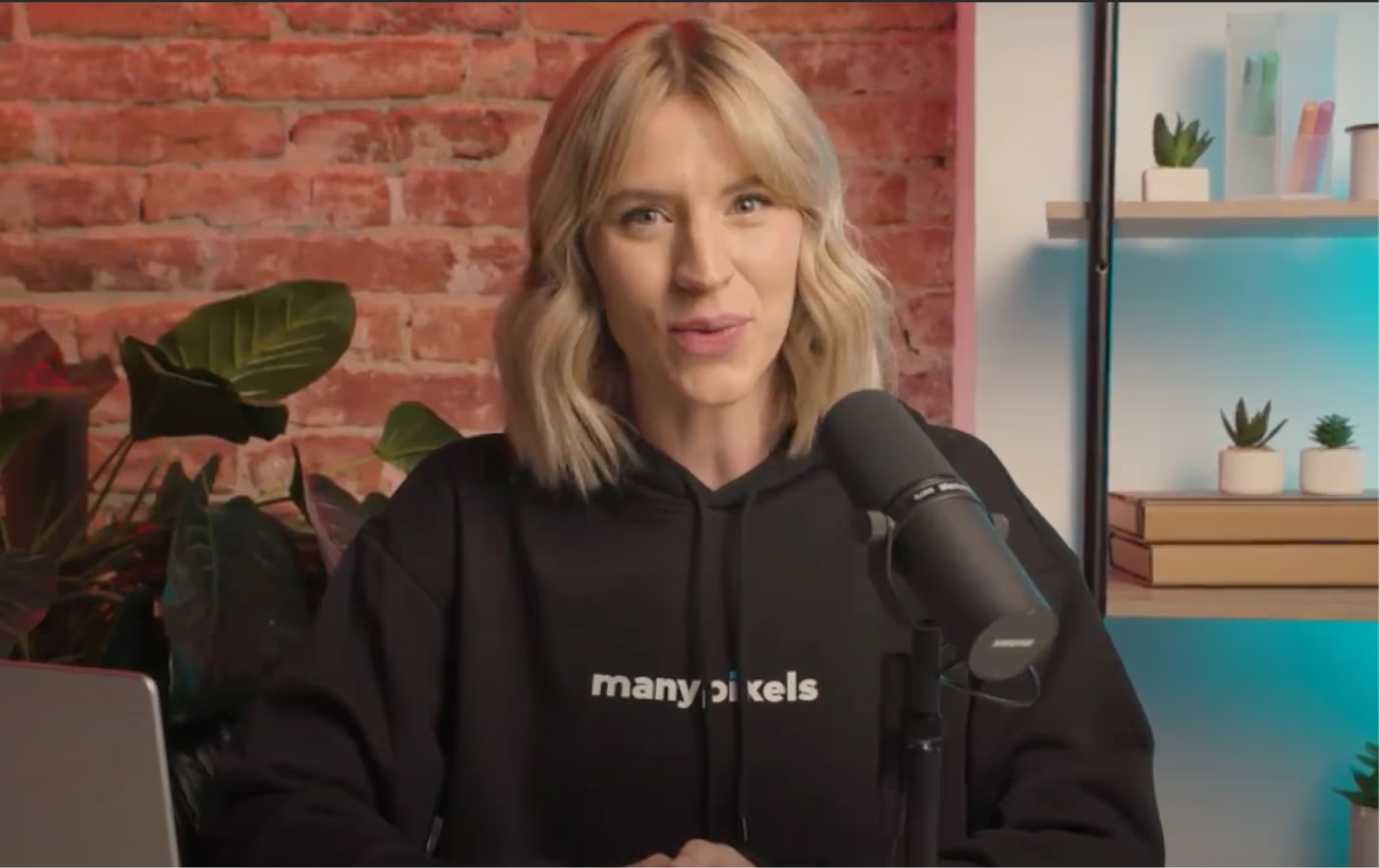

Which is the Best Way to Design a Newsletter?
Discover simple tips and tricks to design a newsletter people will actually want to read.

.svg)
Follow these simple tips on using images in your email marketing and create emails that achieve great results for your campaigns.
How many newsletters do you read every month? How many do you delete without reading past the headline? Designing a newsletter is a craft like any other.
There is a right way, and there is a wrong way of doing it. Keep reading to discover which is the best way to design yours.
{{AD_BANNER="/dev/components"}}
What is a newsletter?
Newsletters are a crucial part of email marketing. However, they are undeniably different from all other forms of marketing.
The word “newsletter” can be misleading, so let’s start by clearing that up. Yes, a newsletter should contain relevant and valuable information about your business. However, it shouldn’t be just a bunch of links to news articles you’re eager to share with your customers. Put yourself in their shoes and ask yourself, what’s in it for them?
People love stories. Think of your newsletter as a form of storytelling. A well-written and skillfully designed newsletter can build credibility for your company and generate interest, thus following. It should engage with your subscribers through a well-balanced mix of copy, mixed media, links, and most importantly, “Call-to-Action” messages.
10 newsletter design tips for more clicks
There are countless email newsletter templates available on the internet you can choose. However, you will need to edit and adapt the template you’ll choose to your brand and corporate identity.
By following these simple, but practical tips, you can be sure your newsletter won’t just be visually appealing and easy to read, but it will also generate interest in your business, drive traffic to your website and build value to your brand.
Who is it from?
Define your sender’s name. You can use your brand's name, especially if it’s a famous one, but you can take a more personal approach and use the name of a real person.
Set the subject line
What’s the reason you are sending the newsletter? Your newsletter can have more than one topic. Yet, you should be able to pack the essence of the story into one simple sentence, and that sentence is your subject line.
Think it through and compose it carefully. Opening and reading your newsletter can depend on it.
Open with addressing the receiver by their name
You have the names of your email clients. Use them. Talk to them directly. You have something important to tell them, something that’s going to matter to them personally.
When taking this approach, your readers will be more responsive. It’s a subtle way to boost the click rate and engagement without making it too obvious.

Write a genuine copy
As we mentioned before, newsletters shouldn’t just be a list of links that will take the audience to your blog posts or your web page.
Think about what you have to say and choose your wording. Make sure it’s engaging and provoking. This is your chance to give voice to your brand. Tell your story and get your audience interested.
Keep it short
We are all overwhelmed with information. Every social media platform is prompting content in small bites-sizes. No one is spending too much time on anything online.
Your lengthy newsletter won’t do its job if no one is going to read it. Use short sentences packed with information that will grab your readers’ attention.
Call-to-Action
CTA is your most important copywriting. A compelling CTA message can maximize engagement and convince your reader to do what you hope them to do. That is the whole point of your newsletter.
Start your CTA message with an imperative and create a sense of urgency. Here are some great examples of CTAs that get clicked:
- Shop now. Get 30% off!
- Buy now. Pay later
- Claim your coupon
- Get free shipping
- Order now!
- Free gift with purchase
- Learn more
- Read more
- Watch now
- Register now
- Book your next holiday
- Start your free trial
- Upgrade now
- Complete our 5-minutes survey
- Give us your feedback
- Give us a call
- Follow us on Instagram
As you can notice, what’s common in all the examples above, is that they are short and on point. There are no unnecessary words. Just a simple and direct invitation for your reader to take a specific action.
Don’t get crazy with too many CTAs. It might seem right to give your readers as many options as possible to increase engagement, but that’s not always the case. When you present too many options, people can get overwhelmed.
Use a different text format and font color for your CTA message to make it pop off the newsletter. Make sure it stands out, and at the same time, it complements the entire color palette of your newsletter.

Make it mobile-responsive
In 2021, mobile devices accounted for 57% of web pages visits across the globe, and this trend will increase in the future. By making your newsletter mobile-friendly you are ensuring your readers won’t get frustrated by having to zoom in and out on their screen to read it.

It’s all about the experience, so make sure to make it as easy as possible for your readers to read your newsletter.
Use images
A picture is worth a thousand words. This is especially true when it comes to delivering digital content. Mixed media on social media platforms is performing way better than textual content.
When designing your newsletter, consider using images to convey your story. People react better when you help them visualize the content, which will drive more engagement.
And while you’re at it, why limit your graphic content only to images? The best free email newsletter tools allow you to add videos to your newsletter.

Chose easy-to-read fonts
Choosing the brand font for your newsletter might not be the best idea as it doesn’t always provide the best reading experience. It may look good in your logo or the tagline, but that doesn’t mean it’s suitable for the entire newsletter.
Font colors are essential. Your brand colors can make the text difficult to read, so choose complementary colors that stand out from the background of your newsletter.
Stay regular
This advice might sound unimportant, but we can assure you it is. Consistency builds loyalty and anticipation. More and more consumers want to receive newsletters from their favorite brands.
With that being said, be careful not to spam your email clients. The best frequency for newsletters is at least once a month and no more than twice a week.
Conclusion
Newsletters are one of the most common types of direct marketing, yet they are one of the most difficult to do right. You can make sure your newsletter design is on point and set yourself for success, by following those simple rules.
An experienced creative talent with a demonstrated history of working in the advertising industry for more than 18 years. A strong creative writing professional with a special focus on creating content for marketing and social advertising projects. I have a Master's degree in Theater Directing. I love hiking, enjoy obscure music and European cinema. I am an avid fan of UFC!
A design solution you will love
Fast & Reliable
Fixed Monthly Rate
Flexible & Scalable
Pro Designers





.jpg)

.jpg)
